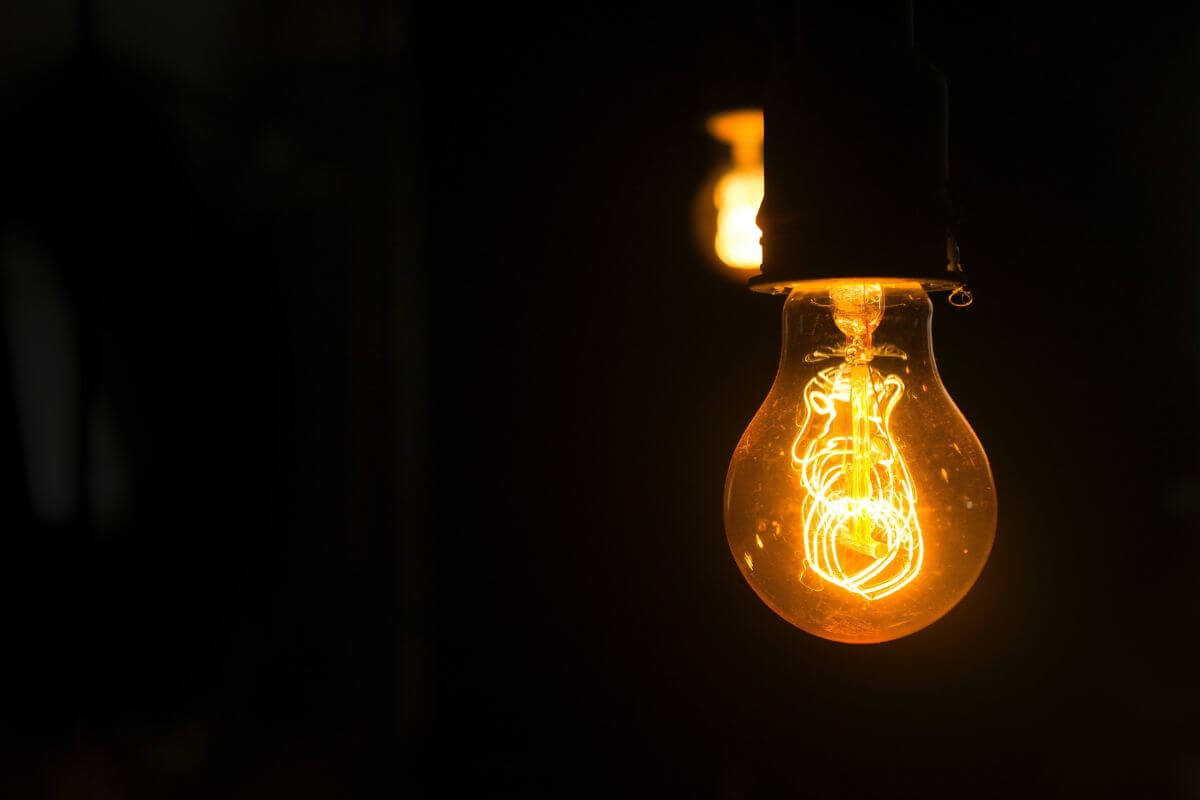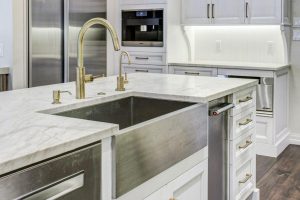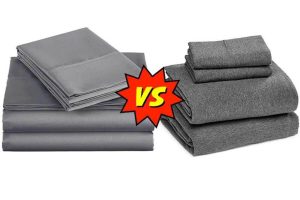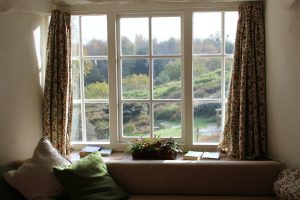Introduction
When it comes to lighting fixtures, choosing the right type of bulb is crucial for achieving the desired ambiance and functionality in any space. BR40 and PAR38 are two popular choices that offer unique characteristics and benefits. In this article, we will compare BR40 and PAR38 bulbs, exploring their differences, applications, and factors to consider when deciding which one is the best fit for your lighting needs.
Understanding BR40 Bulbs
Definition and Characteristics
BR40 bulbs belong to the “bulged reflector” category and are characterized by their wide, bulging shape. They have a diameter of 5 inches, making them larger than many other bulb types. These bulbs usually come in various wattages and are available in different color temperatures, including warm white and cool white.
Applications
BR40 bulbs are commonly used for general lighting purposes in large indoor spaces. Due to their wide beam angle, they provide a broad and even distribution of light. They are ideal for areas like living rooms, dining rooms, kitchens, and hallways.
Pros and Cons
- Pros:
- Wide beam angle for even lighting distribution
- Suitable for general lighting in large spaces
- Versatile color temperature options
- Cons:
- May not be suitable for spotlighting or focused lighting
- Larger size may not fit in all fixtures
Exploring PAR38 Bulbs
Definition and Characteristics
PAR38 bulbs belong to the “parabolic aluminized reflector” category and have a diameter of 4.75 inches. These bulbs are designed to control and direct light effectively, thanks to their reflective coating. They are available in various wattages and are often used in floodlighting applications.
Applications
PAR38 bulbs are commonly used for outdoor lighting, especially in floodlights and spotlights. They are excellent for highlighting specific areas, such as landscapes, architectural features, and outdoor entertainment spaces.
Pros and Cons
- Pros:
- Precise beam control for spotlighting and accent lighting
- Suitable for outdoor use and wet environments
- Durable and long-lasting
- Cons:
- Narrower beam angle may require more bulbs for even illumination indoors
- Limited color temperature options compared to BR40 bulbs
BR40 vs. PAR38: A Comparison
Light Distribution and Beam Angle
BR40 bulbs offer a wider beam angle compared to PAR38 bulbs. This means that BR40 bulbs can cover more area with even illumination, making them ideal for general lighting purposes. On the other hand, PAR38 bulbs have a narrower beam angle, making them perfect for spotlighting and accent lighting.
Energy Efficiency
In terms of energy efficiency, both BR40 and PAR38 bulbs have LED versions that offer substantial energy savings compared to traditional incandescent bulbs. However, BR40 bulbs may be slightly more energy-efficient due to their larger size, allowing for more advanced heat dissipation and LED technology.
Dimming Capabilities
Both BR40 and PAR38 bulbs are available in dimmable options. However, it’s essential to check the bulb’s packaging or specifications to ensure compatibility with your dimmer switch.
Suitable Fixtures
BR40 bulbs are best suited for fixtures that can accommodate their larger size. They fit well in recessed lighting fixtures and track lighting. On the other hand, PAR38 bulbs are often used in fixtures designed specifically for spotlighting and floodlighting applications.
Cost Comparison
Generally, BR40 bulbs tend to be more affordable than PAR38 bulbs. However, the cost difference may vary depending on the brand, technology, and specific features of the bulbs.
Environmental Impact
Both BR40 and PAR38 LED bulbs have a significantly lower environmental impact compared to traditional incandescent bulbs. They consume less energy, last longer, and contain no hazardous materials like mercury.
Factors to Consider When Choosing Between BR40 and PAR38
Purpose of Lighting
Consider the primary purpose of the lighting. If you need broad, even illumination for indoor spaces, BR40 bulbs are the better choice. For focused spotlighting or accent lighting outdoors, PAR38 bulbs are more suitable.
Indoor vs. Outdoor Use
BR40 bulbs are primarily designed for indoor use, while PAR38 bulbs are commonly used outdoors. Keep this in mind when selecting the right bulb for your needs.
Desired Lighting Effect
Think about the ambiance and lighting effect you want to achieve. If you need a cozy and well-lit indoor space, BR40 bulbs provide excellent general lighting. If you want to showcase specific features or create dramatic lighting outdoors, PAR38 bulbs are the way to go.
Fixture Compatibility
Ensure that the bulb you choose fits the fixtures you have or plan to purchase. BR40 bulbs are larger and may not fit in certain fixtures designed for smaller bulbs.
Budget
Consider your budget and the number of bulbs required. While BR40 bulbs are generally more affordable, you may need more PAR38 bulbs to achieve the desired outdoor lighting effect.

Conclusion
In conclusion, both BR40 and PAR38 bulbs have their unique advantages and applications. BR40 bulbs are excellent for general indoor lighting, providing wide and even illumination. On the other hand, PAR38 bulbs are perfect for outdoor spotlighting and accent lighting, allowing for precise beam control. When choosing between the two, consider the purpose of lighting, indoor or outdoor use, desired lighting effect, fixture compatibility, and your budget.
Remember that advancements in LED technology have made both types of bulbs more energy-efficient and environmentally friendly compared to traditional incandescent bulbs. Whether you opt for BR40 or PAR38, upgrading to LED versions will undoubtedly enhance your lighting experience while reducing energy consumption and carbon footprint.
FAQs
FAQ 1: Can I use a BR40 bulb in a fixture designed for PAR38?
No, it’s not recommended. BR40 bulbs are larger in size compared to PAR38 bulbs, and they may not fit properly or securely in fixtures designed specifically for PAR38 bulbs. Using the wrong bulb type in a fixture can lead to potential hazards and inefficient lighting performance. Always ensure that you use the appropriate bulb for the designated fixture.
FAQ 2: Which bulb is better for spotlighting artwork in my gallery?
For spotlighting artwork in your gallery, PAR38 bulbs are the better choice. Their narrow beam angle and precise beam control allow you to focus the light directly on the artwork, highlighting its details and creating an aesthetically pleasing display.
FAQ 3: Are BR40 bulbs more energy-efficient than PAR38 bulbs?
While both BR40 and PAR38 bulbs have LED versions that offer significant energy savings compared to traditional incandescent bulbs, BR40 bulbs may be slightly more energy-efficient. Their larger size allows for better heat dissipation and the integration of more advanced LED technology, contributing to increased energy efficiency.
FAQ 4: Can I use a dimmer switch with both BR40 and PAR38 bulbs?
Yes, both BR40 and PAR38 bulbs are available in dimmable options. However, it’s essential to check the bulb’s packaging or specifications to ensure that it is compatible with the specific dimmer switch you intend to use. Not all LED bulbs are compatible with all types of dimmer switches, so verifying compatibility is crucial to avoid potential issues.
FAQ 5: What are the environmental benefits of using LED versions of these bulbs?
LED versions of both BR40 and PAR38 bulbs offer several environmental benefits. They consume significantly less energy, leading to reduced electricity usage and lower greenhouse gas emissions. Additionally, LED bulbs have a much longer lifespan than traditional incandescent bulbs, which means fewer bulbs end up in landfills, reducing waste and environmental impact.
In conclusion, the choice between BR40 and PAR38 bulbs ultimately depends on the specific lighting requirements and preferences for your space. Consider factors like the purpose of lighting, indoor or outdoor use, desired lighting effect, fixture compatibility, and budget when making your decision.
Upgrading to LED versions of these bulbs not only ensures energy efficiency and cost savings but also contributes to a more sustainable and eco-friendly lighting solution. Remember to always follow the manufacturer’s recommendations and guidelines for safe and optimal bulb use, and enjoy the benefits of enhanced lighting in your home or outdoor space.
Remember, when it comes to lighting, the right choice can significantly impact the overall ambiance and functionality of your space. Whether you opt for the wide and even illumination of BR40 bulbs or the precise spotlighting capabilities of PAR38 bulbs, both options offer unique benefits that can elevate your lighting experience.
So, take the time to assess your specific lighting needs, explore the available options, and make an informed decision. Choosing the perfect bulb will not only brighten up your environment but also positively impact your daily life. Happy lighting!



